
Ensure a Longer Life for Your Digital Product by Implementing Channels for Feedback
- Product Design /
- Product Strategy /
Customer feedback is the lifeblood of any successful digital product. According to research, companies that obtain customer feedback see 20-50% higher customer satisfaction and 10-15% revenue growth.
But simply collecting feedback isn’t enough. To truly thrive, you need to listen, analyze, and take action on what your customers are telling you. However, many product teams struggle to build effective feedback loops within their organizations.
Without proper acknowledgement, response, and action, your customers may begin to doubt whether you’re truly listening. This can lead to churn, negative word of mouth, and missed opportunities for innovation.
That’s why creating consistent channels for user feedback is critical to the long-term success of both your product and business. In this article, we’ll look at proven methods for gathering customer insights, prioritizing feedback, and turning insights into impactful product improvements.
You’ll learn how to stay ahead of the curve for years to come by building loyalty through feedback loops. We’ll also address common obstacles like getting organizational buy-in so you can start better leveraging the voice of your customers right away.
1. Implement Feedback Modules
Feedback modules are an oft-missed opportunity for direct, in-platform customer feedback. There are two primary ways they can be deployed within your digital product: contextually and non-contextually.
Contextual feedback modules provide the means to directly engage with customers and garner definitive, detailed feedback. These modules typically follow a sequence of steps that a customer must take to fulfill an action or a task at hand.
One example is an onboarding sequence. This is commonly employed in digital products to educate users on the possibilities and capabilities of the platform or service they are going to begin using. Asking simple questions along the way can help provide better data about your customers, and deliver them a more personalized experience.
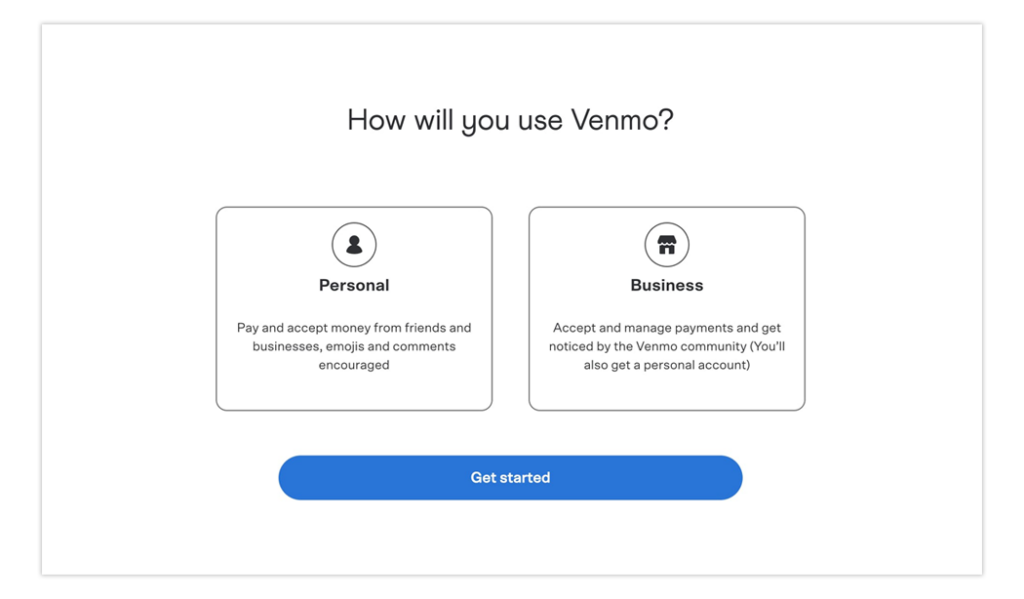
Another more commonly seen contextual feedback module example is when a customer navigates through a specific sequence to resolve a pain point. Getting feedback after this sequence can be exceptionally insightful in gauging how your customer is feeling about both your business and the product they’re using.
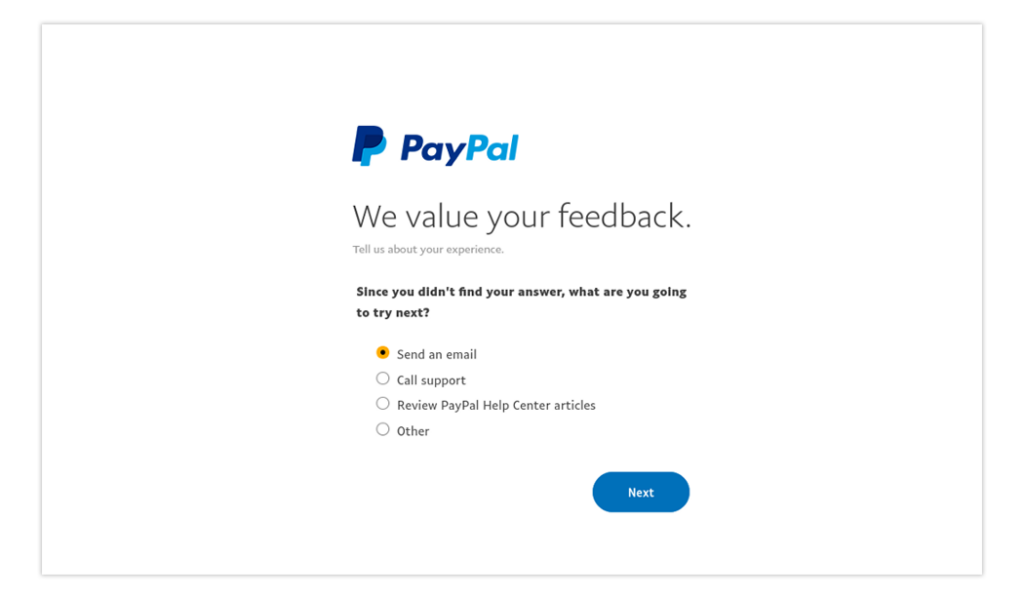
If your digital product already exists in the wild, verify how it is synthesizing these scenarios. If your product will be something new to market, it is evident how valuable this type of feedback can be.
Non-contextual feedback, on the other hand, is less specific and more broadly focused. Unfortunately, it is often overlooked when it comes to implementing a way for customers to provide helpful feedback. Fortunately, it is easy to implement a means to accommodate this feedback. Use-cases will undoubtedly vary. Providing a gateway for general, broad-gauged initiatives can help inspire feedback. Whether it is positive, neutral, or negative, you may be surprised by the data that emerges.
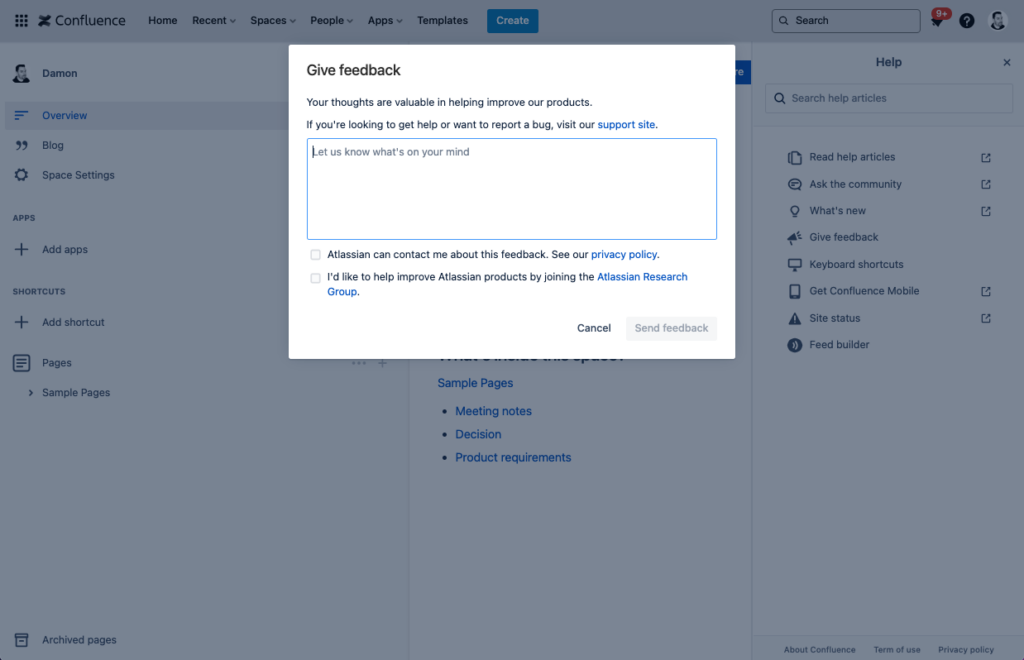
2. Conduct User Testing
Another way to assemble customer feedback is by tapping directly into your audience to acquire their thoughts and opinions. The two primary methods of gathering this kind of user feedback are by way of unmoderated and moderated user testing. Unmoderated user testing is more broad, easily put into play, and more cost-effective. Moderated user testing will provide much more powerful information to act upon. Ultimately, moderated user testing requires a greater investment from your resource allocation.
While both moderated and unmoderated testing are equally viable in many project circumstances, it is prudent to be aware of your project budget status and timeline parameters. With thoughtful planning prior to execution, timelines can be managed to run unmoderated testing and gather significant insights that lead to successful outcomes. An increase in project budgets to run moderated testing can prove to be more challenging, but will provide considerably more valuable and substantial information.
3. Poll With Surveys
Feedback modules tend to be succinct requests for customer feedback. User testing seeks to assemble information directly from users in a more detailed and appreciated approach. Surveys can provide your business with a vast breadth of information about customer preferences. Simply prepare and email your customers the survey for completion.
SurveyMonkey is probably one of the better known subscription options that can accommodate highly complex survey scenarios. But if you’re just testing the waters, or need a cost-effective start to surveying, Google Forms is easy to use (and free).
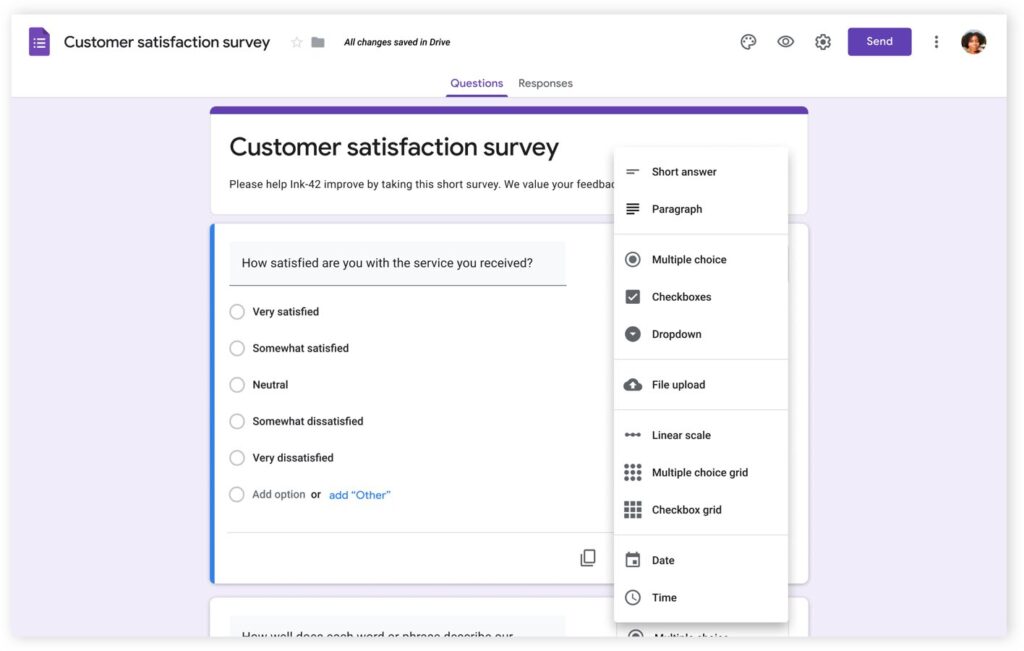
Now that We Have All This Data, What Do We Do With It?
Regardless of how you collected feedback, you first need to acknowledge to your customers that you’ve received it. Send respondents a thank you message displayed after a form or survey submission, or thank them directly after concluding the user testing process. This may sound like common sense, but the more empathetic you are with your customers, the more trust and loyalty they will have in your business and brand.
Next, it’s time to process this data and look for patterns. This is where feedback modules shine. All of the data can be sorted, labeled, categorized, and filed in the background as part of the technical integration process. This process can potentially prove to be longer with user testing. If you are going to implement moderated user testing, you will need someone to comb through the testing data to find patterns and assemble a report. Some unmoderated user testing platforms can assemble automated reports, but it’s always best to verify if it will meet your requirements for pattern collection.
Once you’ve assembled the patterns, we’ve often found it’s critically helpful to create a service blueprint. If you want to make meaningful changes to your business and product that will accommodate your customers, it is imperative that you understand every aspect of your business in direct correlation to your customers. A service blueprint will reveal the chronological actions your customers take while detailing the business operations that correspond with each action. Further, it will unveil what your business or organization must provide to continue delivering an optimal customer experience.
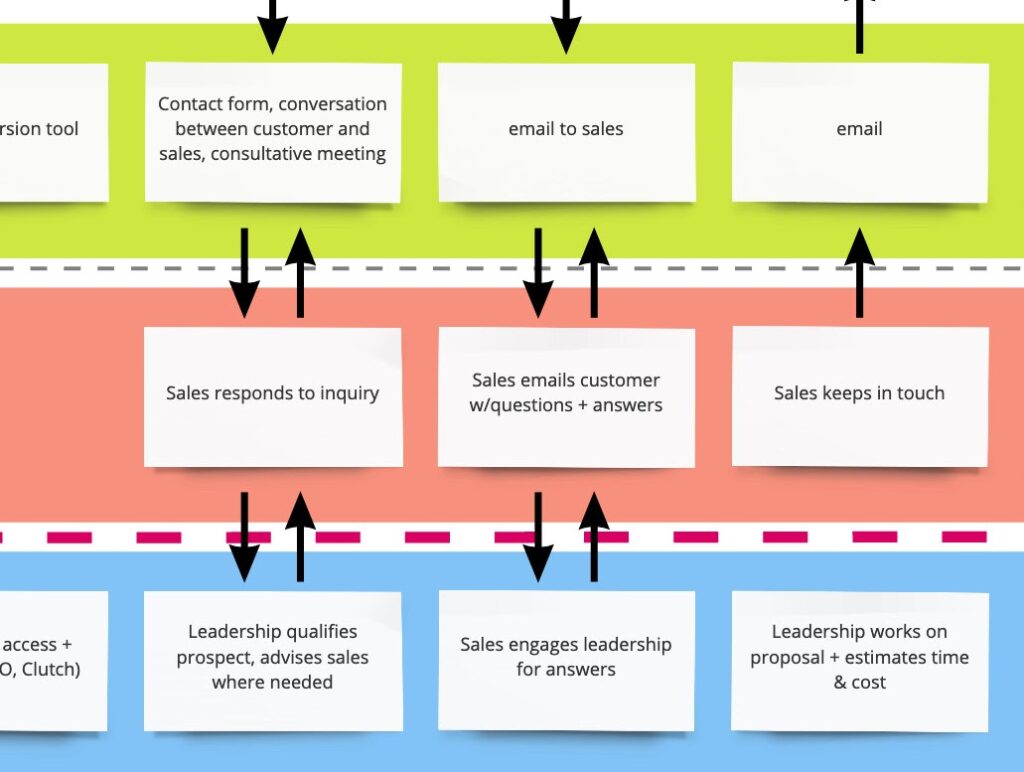
Once you’ve completed a service blueprint, you’ll have an enlightening, visualized view and understanding of where the patterns lie. You will discover what you can do to preserve points of positive feedback, streamline areas that are creating neutral feedback, and address the critical points of negative feedback.
The action you take will vary depending on the severity and nature of the patterns you’re seeing, but the best way to start moving the stake forward is to build or refine your product road map. Incrementally, you will be able to start making progress and acquire an understanding of the timeline that will be required to propel forward.
Finally, but most importantly – you will need to communicate with your customers about how you are addressing their feedback. It goes without saying that negative feedback will likely take priority over neutral feedback. However, it is essential for those customers providing positive feedback to know that their opinions and contributions to making the platform a positive experience for everyone is greatly valued. If your business has a marketing or PR team, this is an exceptional opportunity for them to engage directly with your customers. If your business is just getting started, it is always advantageous for the primary stakeholders to reach out to customers directly and begin cultivating those relationships.
Customer Feedback is How Modern Businesses Evolve and Survive
Customer feedback is the fuel that allows modern businesses to evolve and survive in a competitive landscape. While gathering insights is an essential first step, taking action is where the magic happens.
So what can you do right now to start leveraging customer feedback? Here are 3 simple but high-impact steps to get started:
- Identify 1-2 key customer journeys where you need more insights. Prioritize flows with high drop-off or confusion.
- Embed a feedback module or survey at the end of those journeys. Use a tool like Qualtrics or SurveyMonkey to make it quick.
- Review the feedback weekly with your team and add action items to your product roadmap. Move insights to implementation.
Don’t let valuable feedback go to waste. Follow these steps to gather fresh insights from customers now. Then continue iterating to build loyalty through your responses.
Want expert help creating an ongoing feedback and implementation process? Our team specializes in voice of customer programs. Let’s talk!